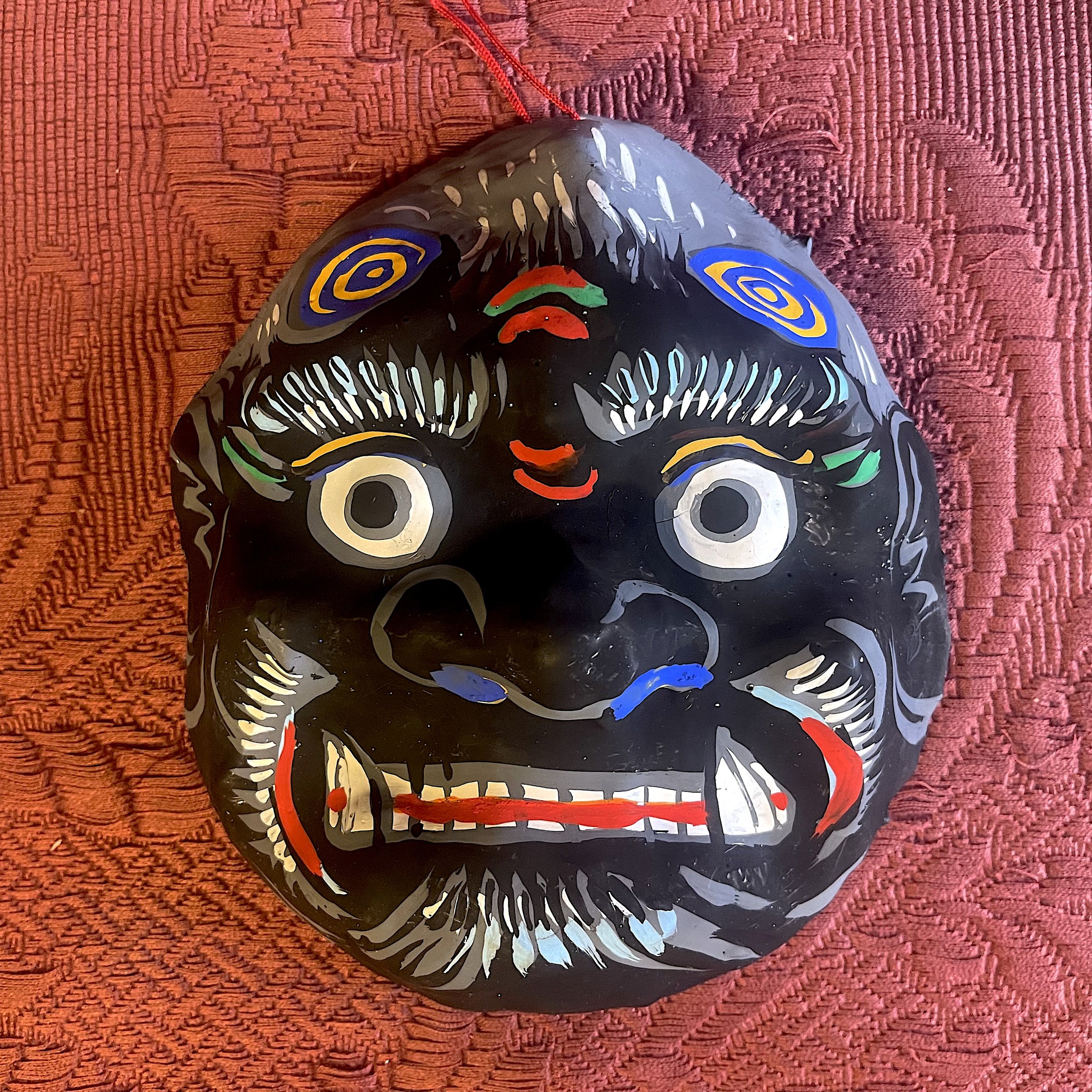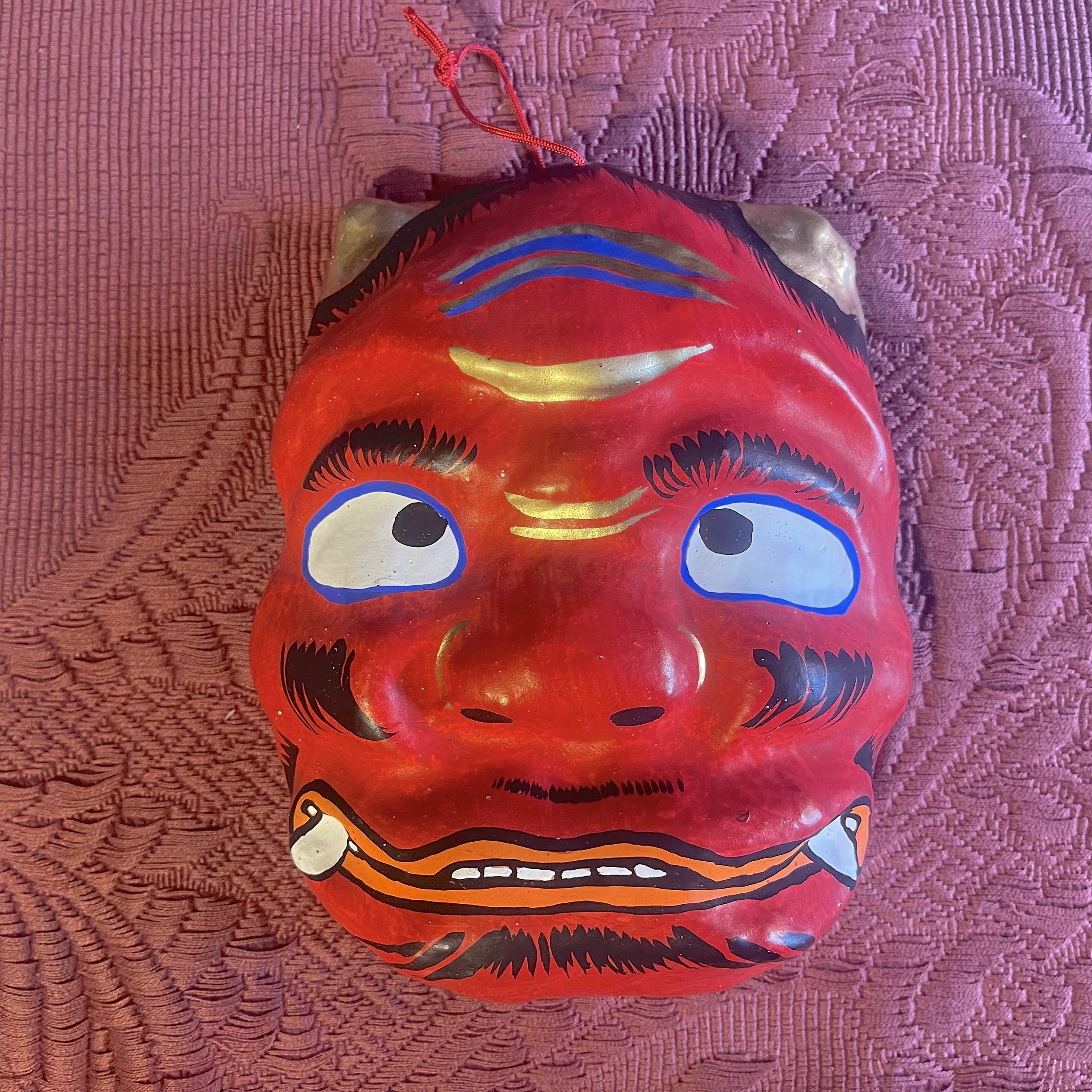A Mermaid and her Pineapple: Folk Art Ornament from Puebla, Mexico
In Mexican folklore, sirenas embody both beauty and danger, blending indigenous and colonial traditions. Linked to Chalchiutlicue, the Aztec goddess of water, fertility, and childbirth, they symbolize the mysteries of the sea and the duality of allure and peril. Over time, La Sirena evolved into a goddess of the sea and storms, representing femininity, music, and abundance.
This vibrant folk art piece, purchased in Puebla, depicts La Sirena holding a pineapple, a symbol of vitality. Handcrafted from wood and plaster, it is vividly painted, measures 5.5 by 1.5 inches, and includes a metal hook for easy display.
In Mexican folklore, sirenas embody both beauty and danger, blending indigenous and colonial traditions. Linked to Chalchiutlicue, the Aztec goddess of water, fertility, and childbirth, they symbolize the mysteries of the sea and the duality of allure and peril. Over time, La Sirena evolved into a goddess of the sea and storms, representing femininity, music, and abundance.
This vibrant folk art piece, purchased in Puebla, depicts La Sirena holding a pineapple, a symbol of vitality. Handcrafted from wood and plaster, it is vividly painted, measures 5.5 by 1.5 inches, and includes a metal hook for easy display.
In Mexican folklore, sirenas embody both beauty and danger, blending indigenous and colonial traditions. Linked to Chalchiutlicue, the Aztec goddess of water, fertility, and childbirth, they symbolize the mysteries of the sea and the duality of allure and peril. Over time, La Sirena evolved into a goddess of the sea and storms, representing femininity, music, and abundance.
This vibrant folk art piece, purchased in Puebla, depicts La Sirena holding a pineapple, a symbol of vitality. Handcrafted from wood and plaster, it is vividly painted, measures 5.5 by 1.5 inches, and includes a metal hook for easy display.

















